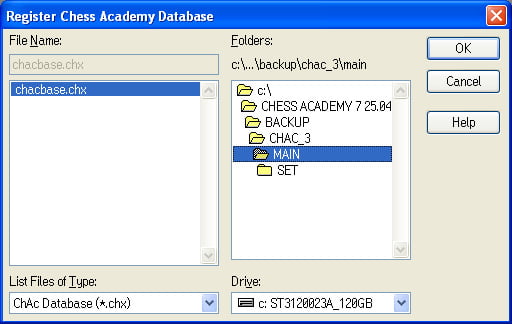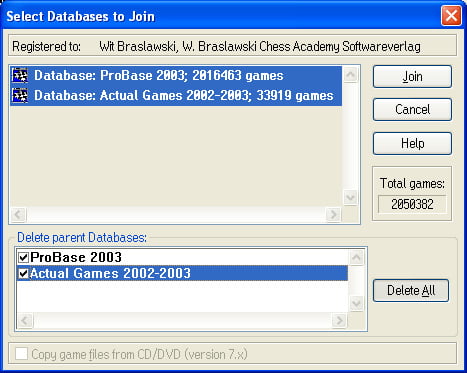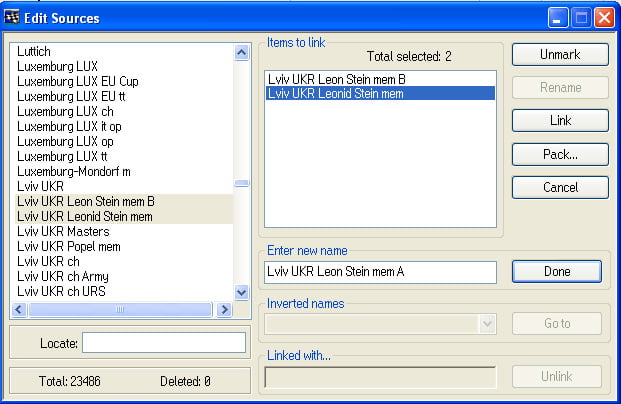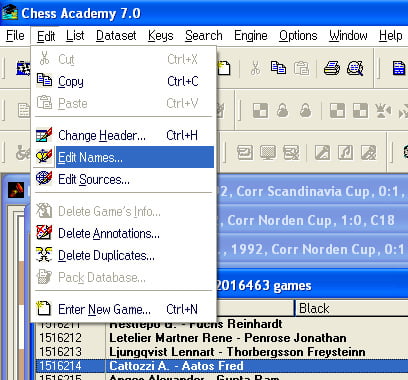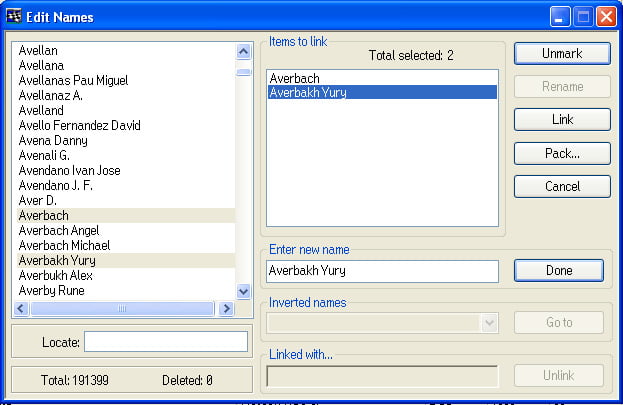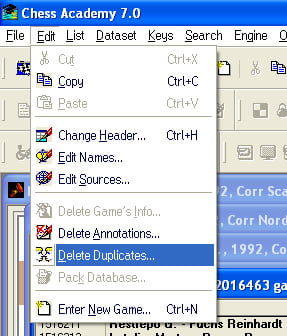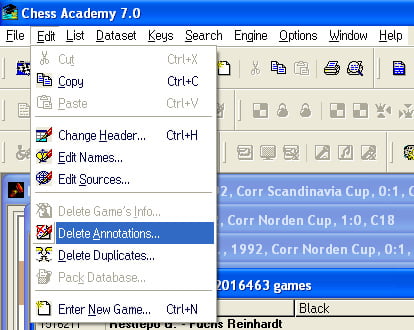The professional Chess Academy database management system is a perfect collection of powerful tools for efficient chess training, which have been specially developed to meet the needs of chess players of all levels.
Chess Academy manages huge databases, merges up to 16 databases, opens up to 24 games at the same time, searches by game header, material, positions and maneuvers, sorts games by player, source, year, ECO, moves, edits game header and extended game information, shows variants, key squares, important motives and plans for any position, saves games with all variants, text and video/audio comments, generates player and opening statistics with all available information and much more.
The Chess Academy 7 Office program has a whole range of powerful tools that help you edit databases. These were not included to this extent in all previous versions of Chess Academy. With these tools, it has never been easier to edit Chess Academy chess databases.
Chess Academy also includes a huge and well-maintained database of chess games without duplicates.
The program creates datasets (amounts of games) from the database according to any criteria and allows them to be merged, overlapped, subtracted, or saved as databases.


